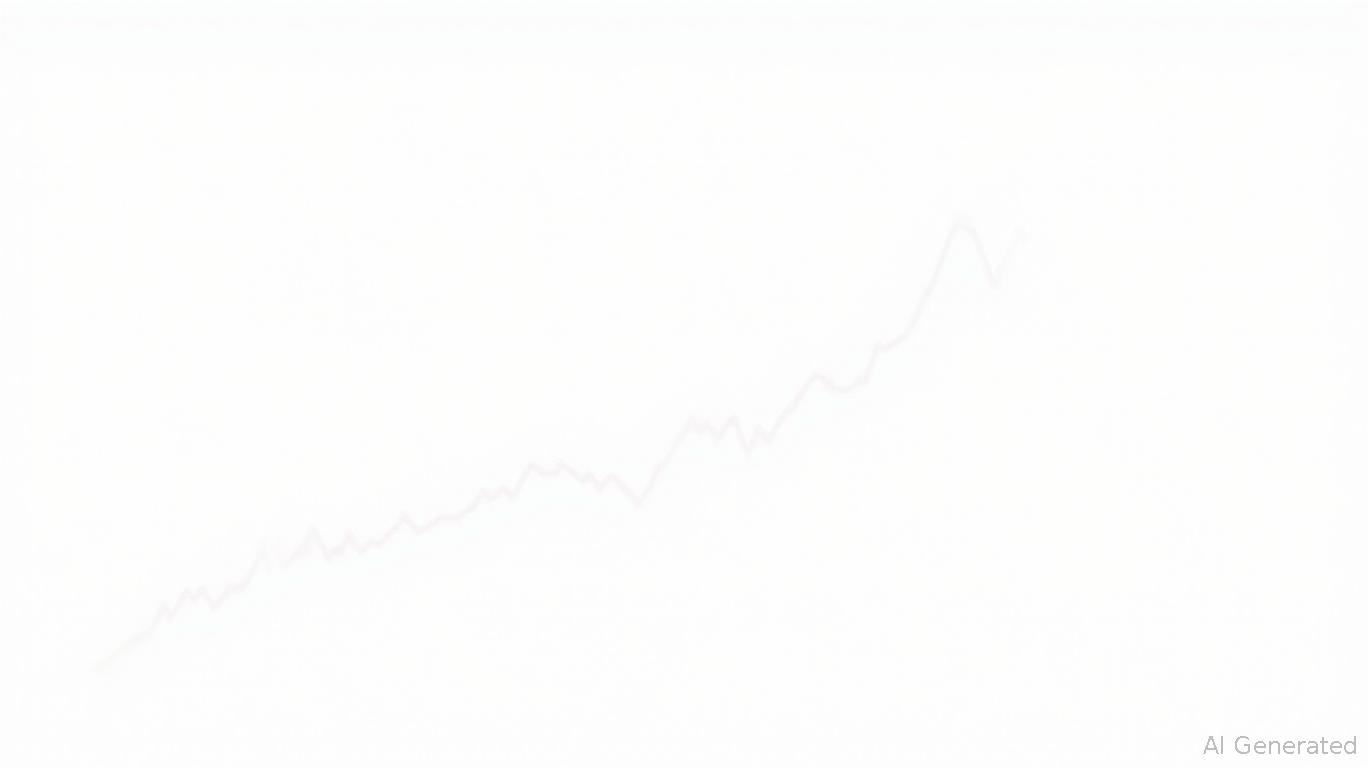Tariff Turbulence: How Trade Uncertainty is Upending Fed Policy and Portfolio Strategies
The ongoing US-China trade war has entered a new phase of volatility, with tariff rates and geopolitical posturing creating a high-stakes game of chicken for global markets. As of June 2025, the 90-day tariff truce between Washington and Beijing—reducing rates to 30% from 145%—has done little to quell uncertainty. Investors now face a precarious balancing act: navigating Fed policy delays, rising inflation, and equity market fragility while preparing for a potential tariff escalation after August.

The Fed's Dilemma: Delayed Cuts and Rising Risks
JPMorgan's analysis underscores a critical conflict: the Federal Reserve is trapped between inflation fears and recession risks exacerbated by trade wars. While markets have priced in 50 basis points of rate cuts by year-end, the Fed's hawkish stance remains intact. Key takeaways:
- No June Cut, September on Hold: JPMorgan's Michael Feroli expects the Fed to wait until September at the earliest, citing “transitory tariff-driven inflation” and labor market resilience. Even a 60% tariff on Chinese goods could shave 0.7% off global GDP, making premature easing risky.
- Inflation's Silent Surge: New tariffs threaten to push US core PCE inflation to 3.1%, with direct costs passed entirely to consumers. A 25% auto tariff alone could raise light vehicle prices by 11.4%, further squeezing disposable income.
Markets Under Pressure: Equities and Bonds Face Crosswinds
- Equity Volatility: S&P 500 volatility (VIX) has spiked to 22, with tech and industrials leading declines as tariff-sensitive sectors (autos, semiconductors) face margin pressures.
- Bond Market Mismatch: Treasury yields have fallen to 3.8% as investors bet on Fed easing, but warns this could backfire if inflation resists.
Why Tariffs are the Wildcard
The 90-day truce expires in mid-August, and a return to 34% tariffs—or worse—could trigger a “sentiment shock” worsening GDP forecasts. JPMorgan's chief economist, Bruce Kasman, notes: “Trade policy uncertainty now accounts for 0.3% of lost US GDP growth, and that could double if tariffs rise.”
Investment Strategy: Build Defenses Now
With Fed policy on hold and tariffs poised to reignite volatility, portfolios need a three-pronged approach:
- Shift to Real Assets:
- Infrastructure and Real Estate: Inflation-linked sectors like REITs (e.g., Prologis) and toll roads offer hedge against tariff-driven price hikes.
Commodities: Gold (GLD) and energy ETFs (XLE) benefit from geopolitical uncertainty and supply chain bottlenecks.
International Diversification:
- Emerging Markets (EM): EM equities (EEM) and bonds (EMB) have underperformed but offer asymmetric upside if trade tensions ease. Focus on tariff-neutral economies like Brazil or Poland.
Europe's Undervalued Tech: European tech stocks (FEUR) trade at a 30% discount to US peers, with minimal direct exposure to US-China tariffs.
Reduce Duration, Increase Quality:
- Short-Term Treasuries: Avoid long-dated bonds (TLT); instead, hold 1-3 year maturities to capitalize on eventual Fed easing.
- Dividend Champions: Consumer staples (KRO, PG) and utilities (DUK) offer stable income amid volatility.
Final Warning: The August Inflection Point
The tariff truce's expiration in mid-August is a critical juncture. If talks fail:
- Equity Sectors at Risk: Auto (TSLA), semiconductors (NVDA), and industrials (CAT) could see double-digit declines.
- Bond Market Stress: 10-year yields could spike to 4.2%, reversing recent gains.
Investors should prepare for this scenario by trimming cyclical exposures and increasing cash reserves to 15% of portfolios—a buffer against potential market whiplash.
Conclusion: Tariff uncertainty isn't just a trade issue—it's a systemic risk reshaping Fed policy and asset valuations. By prioritizing defensive real assets, geographic diversification, and quality over yield, investors can navigate this storm while positioning for calmer waters ahead.

Comments
No comments yet